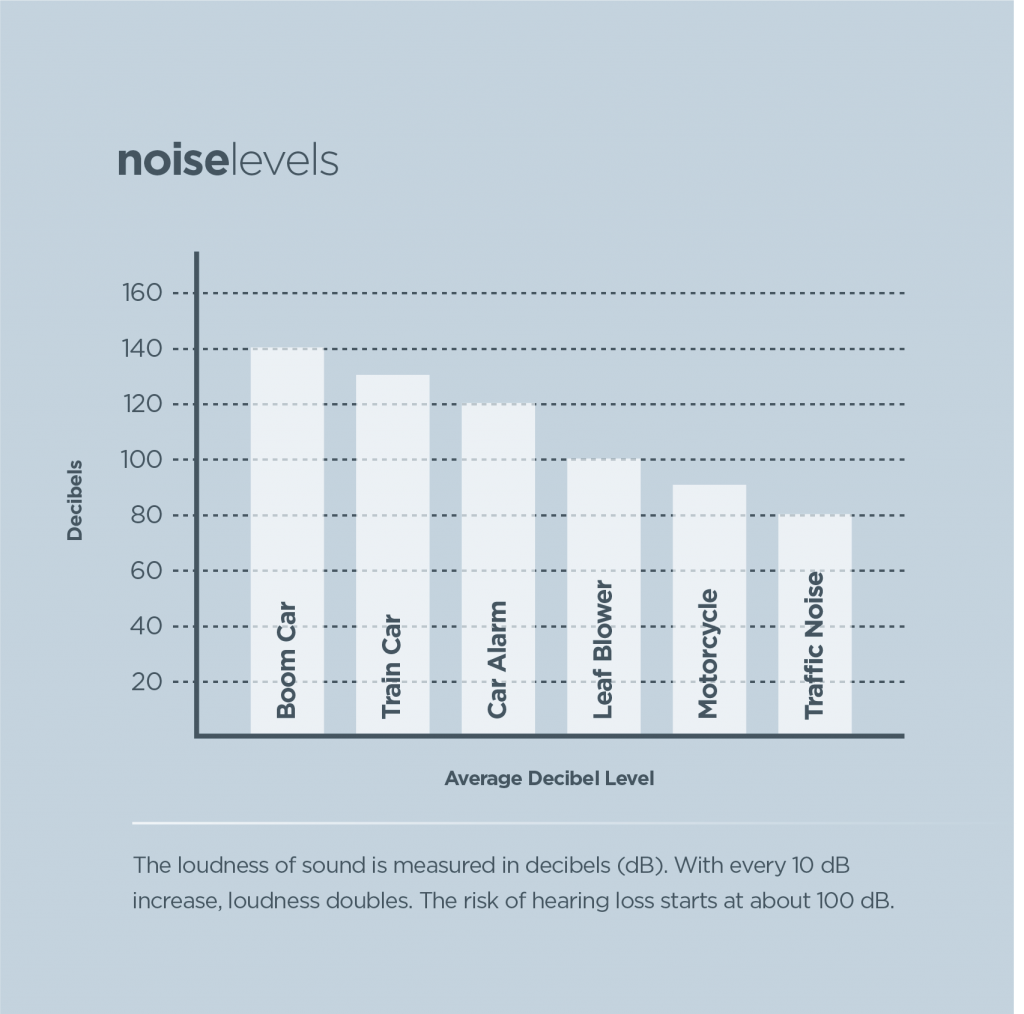One Of The Most Effective Pressure Cleaning Practices For Every Single Surface Area Group
One Of The Most Effective Pressure Cleaning Practices For Every Single Surface Area Group
Blog Article
Authored By-Lassen Nixon
When it comes to press cleaning, the strategy you select can make all the distinction in attaining a clean, streak-free surface. You may discover that hard surfaces, like concrete, require a different technique than softer materials, such as wood or vinyl. It's vital to adapt your approaches to the surface type to stop damages while taking full advantage of cleansing efficiency. So, what are the best methods for each and every surface area, and how can you guarantee you're utilizing the appropriate settings and devices for the work? Let's discover what you require to understand to get the best outcomes.
Tough Surfaces
When it comes to pressure washing tough surface areas, prep work is vital. Prior to you even think of taking out the pressure washer, make the effort to clear the location of any type of debris, furniture, or obstacles. You do not desire anything entering your way or possibly damaging your tools.
Next, examine the surface for any type of cracks or damages; this will assist you establish the right strategy and stress settings.
Once you have actually prepared the area, it's necessary to select the best nozzle. For difficult surface areas like concrete or brick, a narrow nozzle (15 or 25 levels) works best to offer a focused stream of water that can successfully remove gunk and discolorations. Constantly start at a distance and slowly move better to stay clear of any kind of surface area damages.
As you start cleaning, keep the stick moving to stop touches and over-saturation. It's also practical to work from the top down, allowing dust and particles to remove naturally.
Finally, keep in mind to wash the surface thoroughly after cleaning to eliminate any kind of remaining cleaning agent. With these strategies, you'll achieve a clean and refreshed appearance on all your tough surfaces.
Soft Surfaces
Pressure washing soft surfaces requires a gentler strategy to secure them from damage. Whether you're cleansing your deck, outdoor patio furnishings, or exterior siding, making use of way too much pressure can lead to dents, scrapes, or perhaps irreparable damage.
Start by choosing a low-pressure nozzle, ideally a 25-degree or broader spray pattern, to disperse the water much more carefully.
Prior to you begin, it's critical to pre-treat any type of stains with an ideal cleaning solution. This step enables the cleaner to permeate the dirt and gunk, making it much easier to wash away without scrubbing too hard.
Always use the solution from the bottom up to protect against streaking.
When you start pressure cleaning, maintain a distance of at the very least 12 to 18 inches from the surface area. Relocate your wand in a sweeping movement, maintaining it parallel to the surface to avoid concentrated pressure on one area.
Wash the area thoroughly after cleansing to eliminate any type of residual cleaner.
Lastly, evaluate the surface for any missed areas and repeat the process if necessary. By adhering to these actions, you can efficiently clean soft surfaces while preserving their integrity and appearance.
Specialty Surfaces
Cleansing soft surface areas calls for treatment, however specialty surfaces require much more interest to detail. When you tackle these surface areas, like delicate timber, discolored concrete, or particular types of home siding, utilizing the right stress washing methods is crucial to prevent damages.
Initially, analyze the product. For example, dealt with timber can usually stand up to moderate pressure, but softer timbers like cedar might need a lower setting. Always start with https://trevorscpuz.snack-blog.com/32592188/what-is-the-appropriate-frequency-for-window-upkeep-a-seasonal-guide and slowly raise if required.
For stained concrete, use a follower spray nozzle and maintain a constant distance to prevent engraving the surface.
When handling surfaces like plastic home siding or painted surfaces, a large spray pattern assists disperse the pressure evenly, safeguarding the finish.
It's likewise a good idea to make use of detergents specifically made for specialized surfaces. They can enhance cleansing without endangering the material.
charleston power washing after cleaning to eliminate any deposit, as it can bring about staining or wear and tear gradually.
Conclusion
In conclusion, understanding pressure washing techniques for different surfaces can make all the difference in your cleansing results. For difficult surface areas, stick to narrow nozzles and a top-to-bottom approach, while soft surface areas require a gentler touch with bigger nozzles. Don't forget to pre-treat spots and rinse completely to prevent deposit. By adjusting your methods to every material, you'll not only accomplish a cleaner coating yet likewise safeguard the stability of your surface areas. Pleased cleansing!
